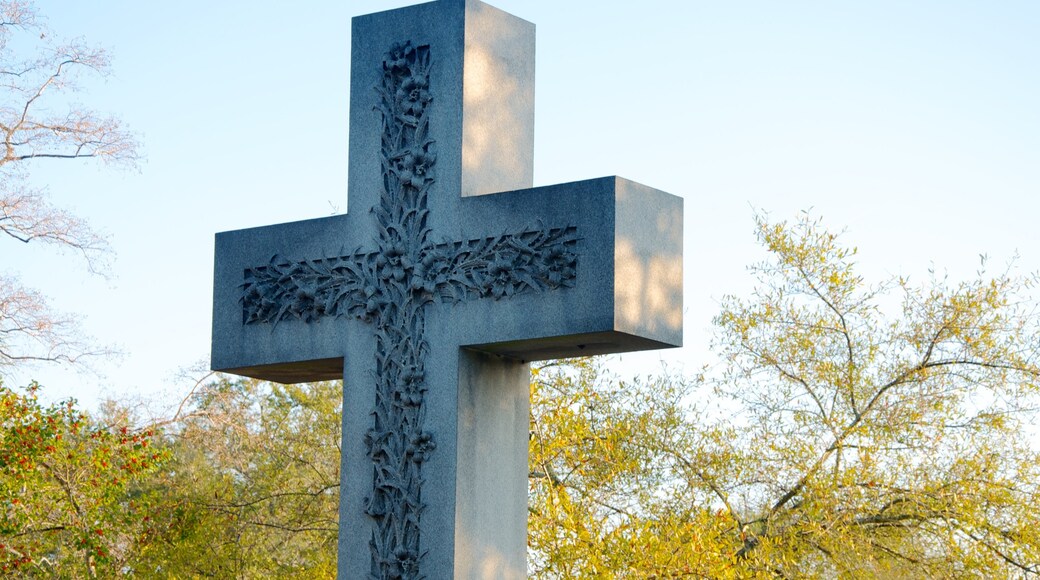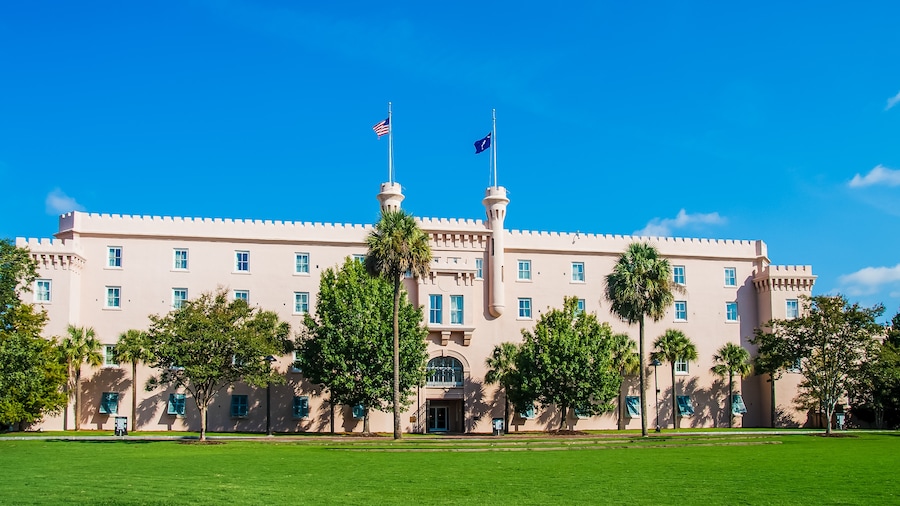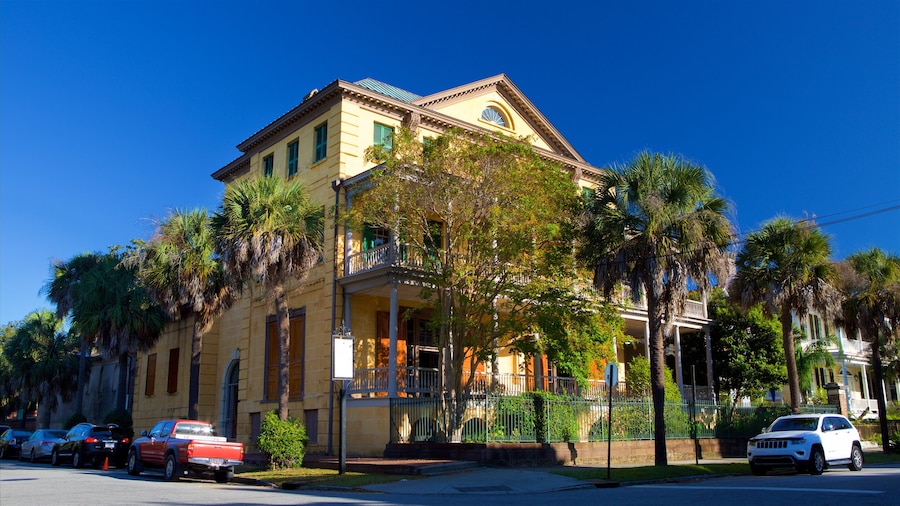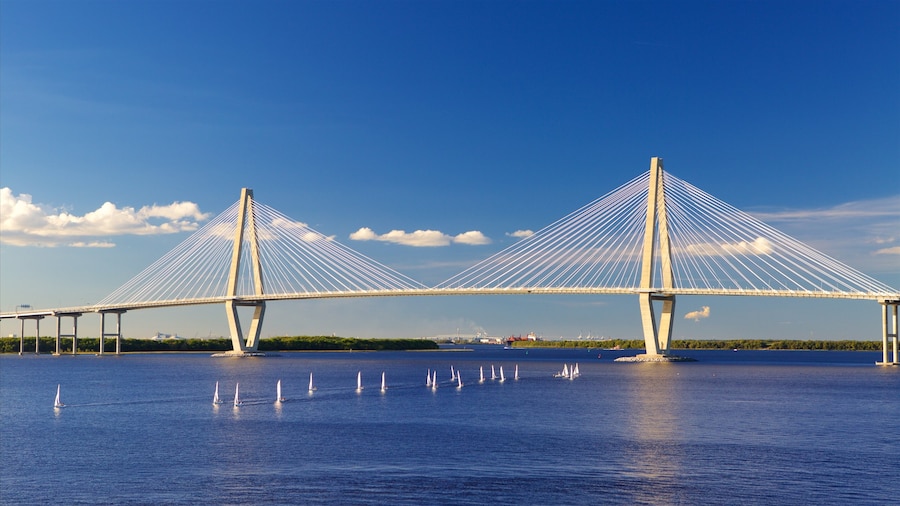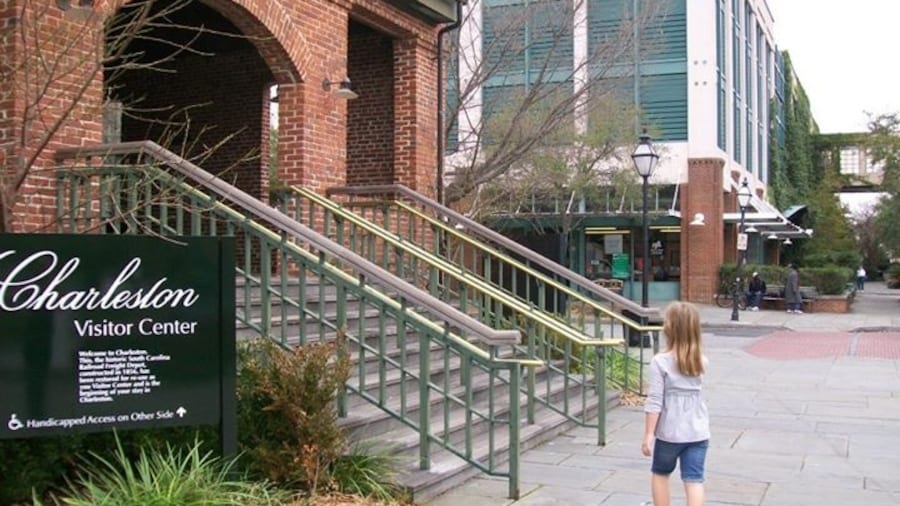Magnolia Cemetery is full of history, ancient oak trees, ornate statues and mausoleums. The headstones, ironwork fences and mausoleums mirror the rich architectural history of the city. The graves are a fascinating chronicle of the lives and times of Charleston’s citizens. More than 35,000 people are buried here. Prior to 1849, the cemetery was a rice plantation.
The cemetery’s winding paths, landscaping, and centuries-old oaks were all part of a plan laid out by architects Edward Jones and Francis Lee in 1850. Walk between the graves to admire intricate headstones and eloquent inscriptions. “One who never turned his back but marched breast forward” is inscribed over the resting place of prominent 19th-century attorney and author Theodore Jervey.
Several other well-known South Carolinian authors and poets are buried at the site. Visit the grave of Southern historian William Gilmore Simms, whom Edgar Allan Poe called “immeasurably the greatest writer of fiction in America.”
More than 1,700 Confederate soldiers and sailors are buried in the cemetery, including generals and unidentified soldiers. The commander and crew of the Confederate submarine H.L. Hunley, which sunk after attacking an enemy ship, were buried here after the submarine was raised and the remains identified.
Keep an eye out for the cemetery’s living inhabitants. The trees, marshlands and lake are home to some 50 species of birds. Signs on the fence warn visitors not to feed the alligators that live in the lake.
Come to the cemetery in October, when the Confederate Heritage Trust conducts an annual ghost walk. Costumed actors play out historic scenes by candlelight.
Magnolia Cemetery is two miles (three kilometers) north of downtown Charleston on the banks of the Cooper River. Some areas of the cemetery are accessible by car. The cemetery is free to enter and open daily. Be sure to check the cemetery’s closing time on your way in.

